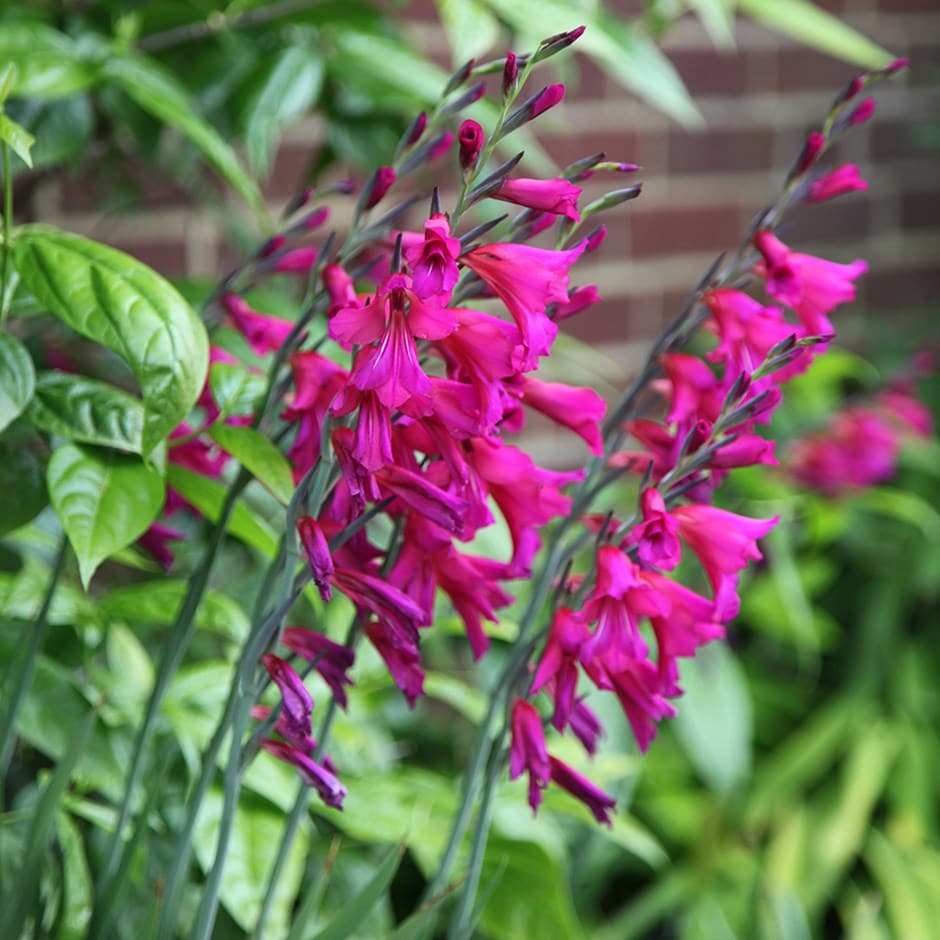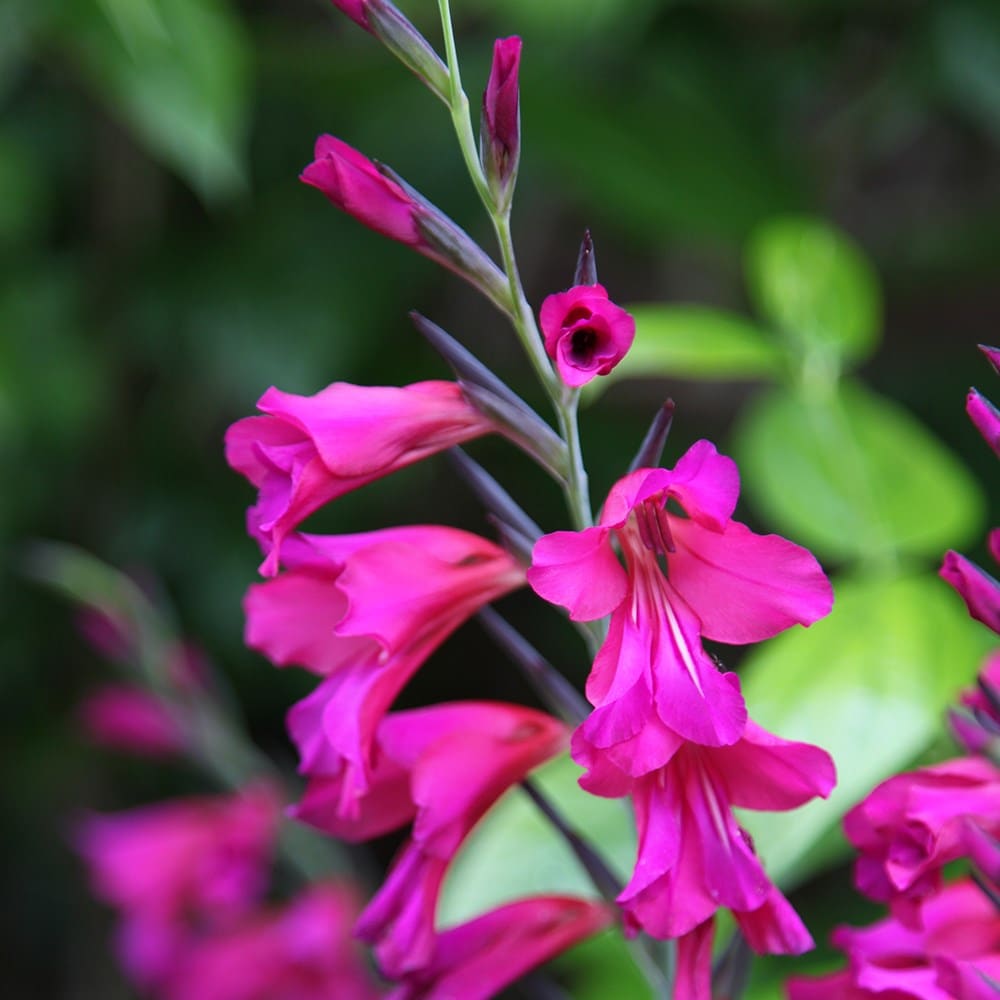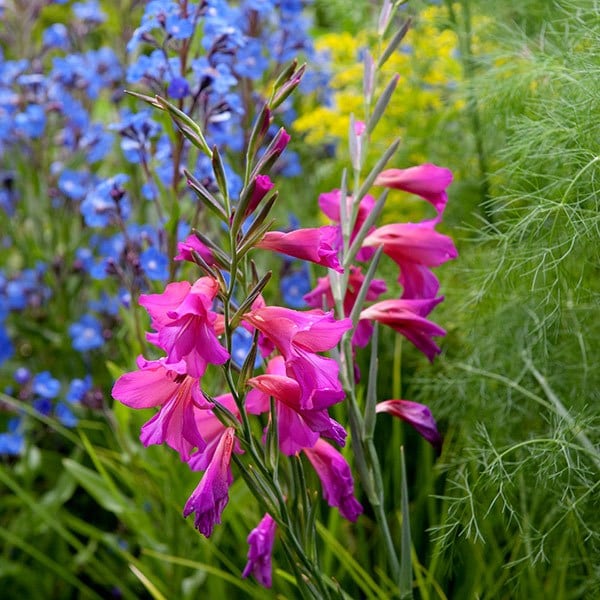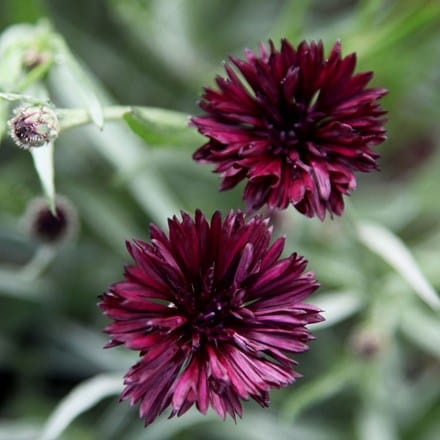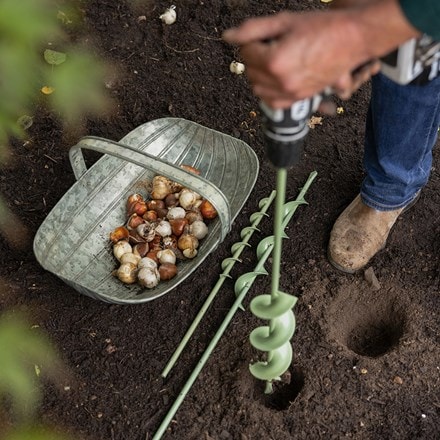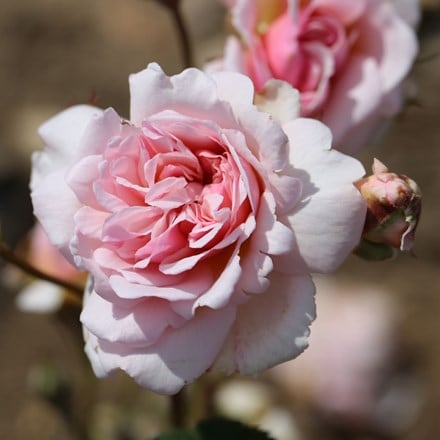Gladiolus communis subsp. byzantinus
gladiolus bulbs
- 10 × bulbs
- £3.99 £4.99 £0.40 each
- In stock (shipped within 1-2 working days)
Delivery options
- Bulbs (only) £4.99
- Position: full sun
- Soil: moderately fertile, moist but well-drained soil
- Rate of growth: average
- Flowering period: May to June
- Hardiness: borderline hardy (may need winter protection)
- Bulb size: 6/8
An unusual, late-spring flowering bulb which produces spikes of up to 20 funnel-shaped, paler pink to magenta flowers.
Gladiolus communis subsp. byzantinus looks stunning planted in groups among shrubs, where it will spread freely, or for providing vivid vertical accents among silver-leaved plants. The exotic-looking flowers also make lovely cut flowers.
Gladiolus communis subsp. byzantinus looks stunning planted in groups among shrubs, where it will spread freely, or for providing vivid vertical accents among silver-leaved plants. The exotic-looking flowers also make lovely cut flowers.
Plant corms 10-15cm (4-6in) deep and 25cm (10in) apart on a bed of sharp sand to aid drainage. In frost-prone areas, lift them when the leaves turn yellow-brown and store the corms in a dry, frost-free place over winter.
Gladioli grow best in full sun and well-drained soil, with protection from strong winds. Once planted, water regularly during dry spells and support taller plants with canes if needed. Feed every couple of weeks with a high potash fertiliser as the flower spikes develop. Deadhead spent blooms to encourage more flowers further down the stem.
After flowering, allow the foliage to die back naturally so the corms can store energy for the next season. In milder areas, corms can be left in the ground with a dry mulch for winter; otherwise, lift and store them in a frost-free place.
Gladioli grow best in full sun and well-drained soil, with protection from strong winds. Once planted, water regularly during dry spells and support taller plants with canes if needed. Feed every couple of weeks with a high potash fertiliser as the flower spikes develop. Deadhead spent blooms to encourage more flowers further down the stem.
After flowering, allow the foliage to die back naturally so the corms can store energy for the next season. In milder areas, corms can be left in the ground with a dry mulch for winter; otherwise, lift and store them in a frost-free place.
- Humans/Pets: Ornamental bulbs - not to be eaten
